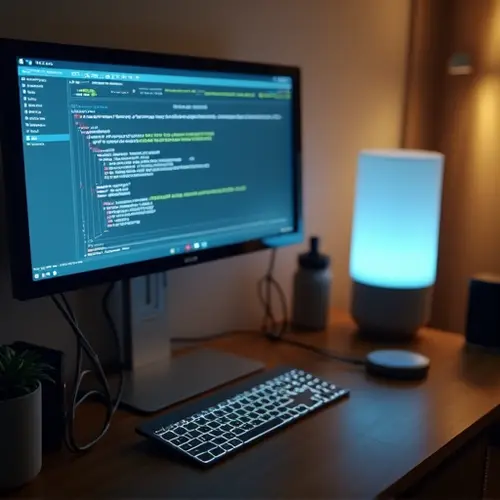
The Evolution of Voice Technology
Voice technology has transformed from simple voice commands to sophisticated multilingual communication tools. Smart assistants like Amazon Alexa and Google Assistant are now breaking down language barriers with advanced real-time translation capabilities. These AI-powered systems use neural machine translation to provide seamless cross-language communication.
How Voice Assistants Handle Translation
Modern voice assistants employ deep learning algorithms that process entire sentences rather than word-by-word translation. Google's neural machine translation system, for instance, analyzes context and grammar patterns across millions of documents to deliver more accurate translations. This technology supports over 249 languages and processes more than 100 billion words daily.
Real-World Applications
The practical applications of multilingual voice technology are extensive. Travelers can now have natural conversations with locals without language barriers. Businesses conduct international meetings with real-time translation. Healthcare providers communicate with patients who speak different languages. Educational institutions use these tools for language learning and international collaboration.
Current Limitations and Challenges
Despite significant advancements, voice translation technology still faces challenges. Accuracy varies across language pairs, with better performance between major languages like English, French, German, and Spanish. Cultural nuances, idioms, and regional dialects can still pose difficulties for AI systems. Privacy concerns also arise as voice data is processed through cloud servers.
Future Developments
The future of voice technology promises even more sophisticated capabilities. Researchers are working on emotion recognition, better context understanding, and offline translation features. The integration of augmented reality with voice translation could create immersive multilingual experiences. As AI continues to evolve, we can expect near-human level translation accuracy across all major languages.
Voice technology is not just about convenience anymore—it's becoming a crucial tool for global communication and cultural exchange. The ability to break language barriers in real-time represents a significant step toward a more connected world.

 Nederlands
Nederlands English
English Français
Français Deutsch
Deutsch Español
Español Português
Português







